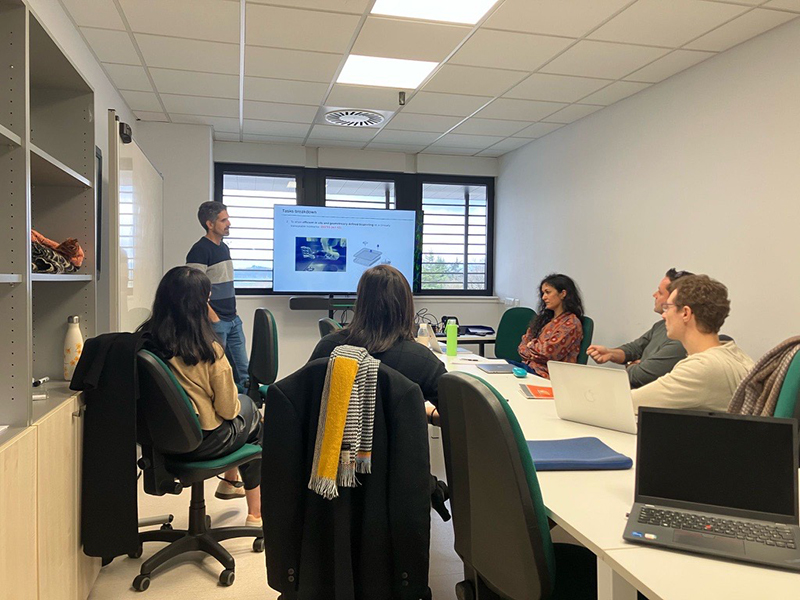KARDIO3D new project for the development of a 3D bioprinted human myocardium
Leartiker has started a new collaborative project funded by Euroregion 2024. This is the KARDIO3D project, which aims to develop a 3D bioprinted human myocardium, designed to be compatible with medical devices and cultures under Good Manufacturing Practice (GMP) conditions. To this end, Leartiker will have the collaboration of the University of Navarra (UNAV) and the BioTis Tissue Bioengineering laboratory (Bordeaux).
Considering that myocardial infarction is the leading cause of mortality globally and imposes a substantial economic burden on the Euroregion, the significance of this project cannot be overstated.
On February 11th, we held the kick-off meeting of this initiative in Pamplona, in the facilities of CIMA - University of Navarra, where we made the presentations of the partners and their respective institutions and teams. We were honored to have Leyre Azcona from the Euroregion participate in the meeting, who informed about the Euroregion's strategy and provided the consortium with valuable tips for project management.
UNAV was responsible for presenting and giving an overview of the KARDIO3D project, after which there was an in-depth discussion on the breakdown of tasks, the planned deadlines and the schedule of meetings.
The day included a very interesting visit to the facilities of the Clínica Universidad de Navarra.

KARDIO3D
The aim of the project is to assess the feasibility of generating a three-dimensional GMP-compatible human myocardium. This will be done by differentiating human induced pluripotent stem cells into cardiomyocytes and cardiac fibroblasts, and using laser-assisted bioprinting to generate the tissues in GMP-compatible bioreactors, which will be cultured to test the viability of this product.
Leartiker will be responsible for re-engineering and adjusting the bioreactor to make it compatible with the laser-assisted bioprinting equipment, as well as adjusting the culture chamber that will collect the bioprinted tissue to the bioprinting area.
This project will lay the groundwork for the future generation of a joint.


